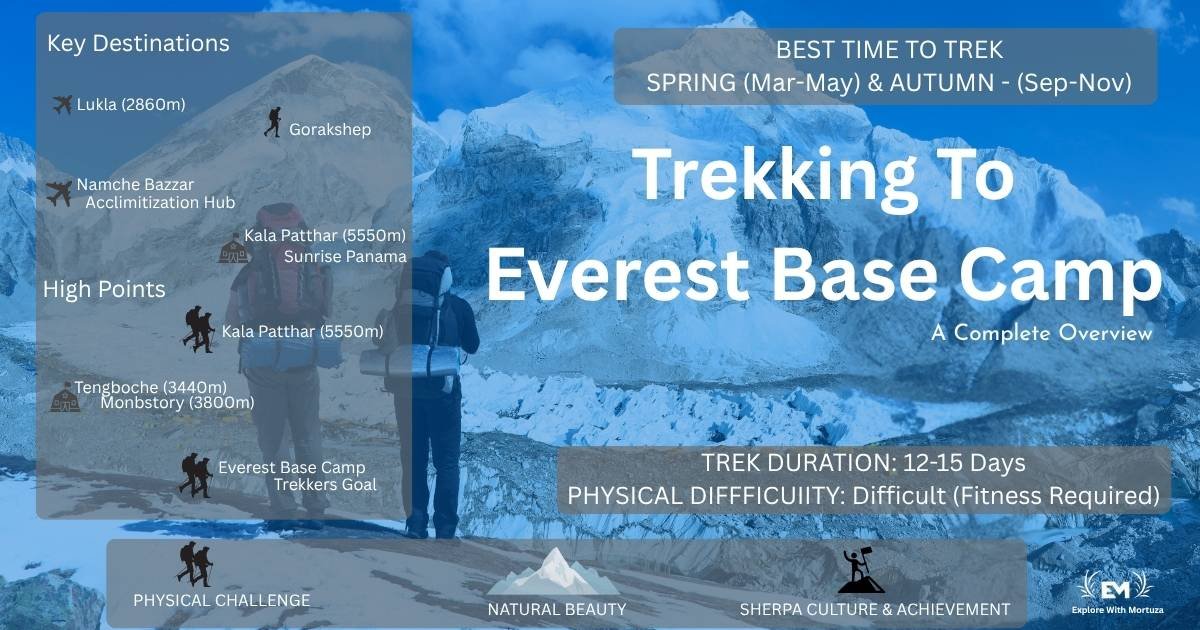
Picture yourself standing right at the bottom of the world’s tallest mountain, with giant peaks and glaciers all around you. This is the amazing adventure that only the truly determined set out to conquer. The...
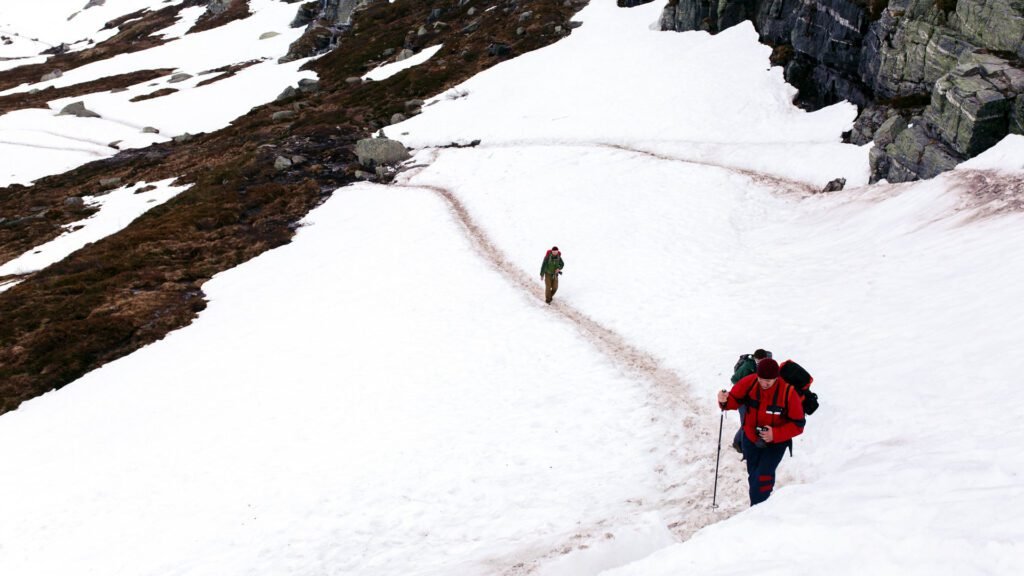
Nepal is a trekking heaven. Every tourist season (except monsoon) is packed with trekkers from far and wide. From amateur to professional, there is a trekking spot for everyone. If you are new to trekking, you might find yourself wondering what to pack for Nepal travel. You can buy most trekking items before the trip or rent them here. You can easily rent items like sleeping bags and outdoor clothing in Nepal. With your must-take items like passports and permits, you should know about the trekking essentials for Nepal. Here’s a brief guide to must-have items for a Nepal trekking adventure:
The first and foremost item to keep in mind when traveling to Nepal is what clothes to bring. Nepal is a weather wonder. The weather is so unpredictable that you often get chilly breezes right after a sunny sky. If you come for trail trekking, you don’t need special clothing. On the other hand, for high-altitude trekking, you’re going to need layers of clothing. So whether you are trekking to Everest base camp or the Annapurna circuit, you better be ready for anything. The key to being prepared for trekking in Nepal is to dress in layers.
For the base layer that touches your skin, wear clothes that absorb sweat and moisture to keep you dry. Go for polyester and a synthetic blend. Don’t use cotton, as it won’t dry and will chill you as soon as you stop moving.
For mid-layer clothing, use clothes that will trap heat. You can wear a fleece jacket and a down jacket for extra warmth.
The outer layer of clothes protects you from the sun, snow, and rain. So wear clothes that are windproof and waterproof.
Wear quick-drying and breathable pants and shorts for varying climates.
For high altitudes, you will need insulated gloves and warm hats, and for lower, sunnier regions, sun hats.
When trekking in Nepal, personal supplies are important to maintain hygiene, comfort, and well-being throughout your adventure.
Staying hydrated is a necessity at high altitudes. Always carry a 2-3 liter water bladder or sturdy bottles. You won’t get clean water throughout the journey, so take water purification tablets, filters, or a portable UV purifier for safe drinking.
Don’t forget to protect yourself from the sun. Always wear a high-SPF sunblock, sunglasses, and a wide-brimmed hat. It’s parched at high altitudes, so you’re going to need lip balm to protect your lips from chapping.
You will need wet wipes for cleaning up when water is scarce. Pack extra rolls of toilet paper, as it’s often unavailable in remote areas. Carry alcohol-based sanitizer to maintain hand hygiene. If needed, include a supply of tampons or sanitary pads.
You will encounter various situations while trekking. Carry a Multi-Tool or Swiss Knife for versatile usage. To charge devices during multi-day treks, you will need a power bank. For noisy teahouses or shared accommodations carry earplugs. Don’t forget to pack some snacks like energy bars, nuts, or trail mix for quick boosts.
A reliable pair of trekking shoes can make your trekking more comfortable. You can opt for both leather and synthetic boots. Ensure they are well broken in to avoid any blisters. Remember to wear waterproof footwear, as snow can wet your shoes. Wear shoes with rubber soles with deep treads for excellent grip on loose rocks and slippery paths. After long trekking, you do not want to rest on those heavy boots. Take comfortable options like sandals, Crocs, or slip-ons. Do not wear new boots for your trek in Nepal; instead, wear them on short hikes and make them adjustable.
Have the right gear and half of your worries are gone. Choosing the right gear is the key to comfortable trekking. From the unpredictable weather to rocky trekking trails, you have to be prepared for every challenge.
A 30–40-liter daypack is the travel companion you need. To carry additional gear (usually carried by porters) you will need a duffel bag.
You must carry some navigation tools like trekking maps, GPS devices, and some mobile apps that will provide offline navigation.
For early morning starts, nighttime navigation, or campsite use, get a headlamp or flashlight. Carry spare batteries or a rechargeable one.
A good night’s sleep is very crucial. You need to have comfortable sleeping gear like a sleeping bag and sleeping pad.
Some trekkers have satellite mobile phones as the network is not always good at high altitudes.
if your adventure involves peak climbing you will encounter traversing glaciers, snowy slopes, or icy terrains, you will need an ice axe, a good helmet, crampons, harnesses, and slings.
For emergencies, you need to carry some survival gear like a whistle, duct tape, and paracord.
When trekking, being equipped with a first aid kit is required. The remote locations, high altitudes, and rugged terrain can make medical assistance unreachable, so preparation is pivotal. You need to make your first aid box before packing. Trekking at high altitudes in Nepal requires precautions against Acute Mountain Sickness (AMS). Take acetazolamide (Diamox) to prevent and alleviate symptoms of AMS, ibuprofen or paracetamol for headaches, and an Oxygen canister for immediate relief. Also, keep some gastrointestinal medications, cold and flu medications, and allergy medications. There are other first aid kits you should keep. For instance,
You need to carry essential documents for trekking. Carry a valid passport with at least six months of validity remaining. You can use photocopies or digital scans of your passport as a backup. Depending on your trekking destination, you need specific permits from the authority. To ensure safety and regulate trekking activities, Nepal has issued TIMS (Trekkers Information Management System) cards. You can get a green card if you are an independent trekker. If you are trekking through a registered agency, you will get a blue card. Many trekking agencies will not allow trekking without travel insurance. So, carry your travel insurance documents in both digital and hard copies.
The equipment you need for trekking in Nepal varies greatly by the season. From the rainy monsoon to summer, clear days of autumn, and the icy landscape of winter, here is an equipment list for each season.
Summer (June to August)
Summer in Nepal comes with heavy rain, lush greenery, and occasional leeches on lower-altitude trails. Be prepared for wet and humid conditions. You need to wear lightweight, quick-drying clothes like shirts, pants, and undergarments made of moisture-wicking material. Wear a waterproof rain jacket and pants. For humid conditions at lower altitudes, wear hiking shorts. To keep mud and water out of your boots, wear gaiters. You will also need waterproof trekking boots and sandals. Do not forget to protect yourself from the sun and the rain. Wear wide-brim hats and use an umbrella. For extra precaution, bring a rain cover for your backpack.
Autumn (September to November)
In Nepal, autumn is the best time for trekking. You can enjoy clear skies, pleasant temperatures, and dry trails. Wear moisture-wicking thermal clothes. Get a windproof jacket for cooler evenings. Non-waterproof trekking boots are acceptable if you don’t encounter snow. Wear thick socks to prevent blisters and keep your feet warm. Use sunglasses to protect yourself from UV rays and glare from snow at higher altitudes. Rent a sleeping bag rated for 0°C to -10°C, depending on the altitude. And, do not forget to bring your camera to capture the stunning autumn landscapes.
Winter (December to February)
Winter treks are cold and less crowded. Preparation for extreme cold is the key to survival. Wear thermal base layers on the top and bottom for insulation. You will need heavily insulated jackets for subzero temperatures. To shield against snow and wind, you will need waterproof outerwear. To cover exposed skin, gloves and balaclavas are the best options. Wear insulated trekking boots designed for snow. Also, carry snow goggles and hand warmers.
Each season offers unique challenges and experiences in Nepal. With the right equipment, you can ensure safety, comfort, and an unforgettable trekking experience.

Picture yourself standing right at the bottom of the world’s tallest mountain, with giant peaks and glaciers all around you. This is the amazing adventure that only the truly determined set out to conquer. The...
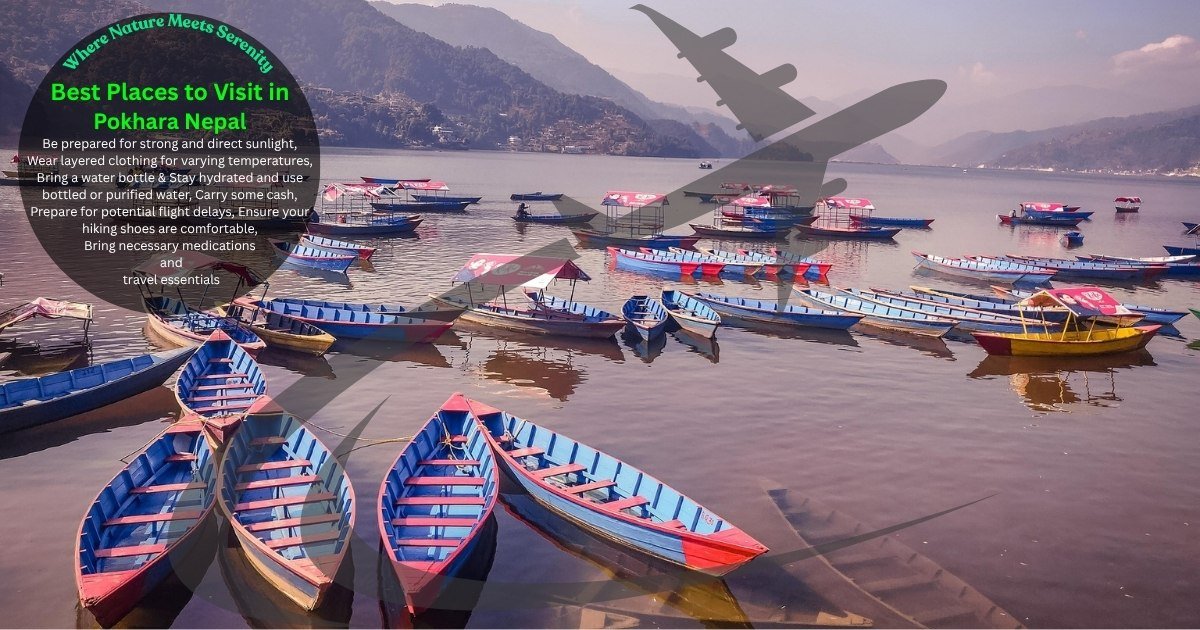
Pokhara is an enchanting city in Asia, and, of course, a remarkable destination within the country due to its glory, situated at its foothills. From there, visitors can access some gorgeous lakes and towering mountain...

Awesome mountains, old temples, and different cultures! Nepal promises nothing less than an epic adventure that one can take. From the mighty Himalayas to the town squares, every corner comes along with beauty and tradition....
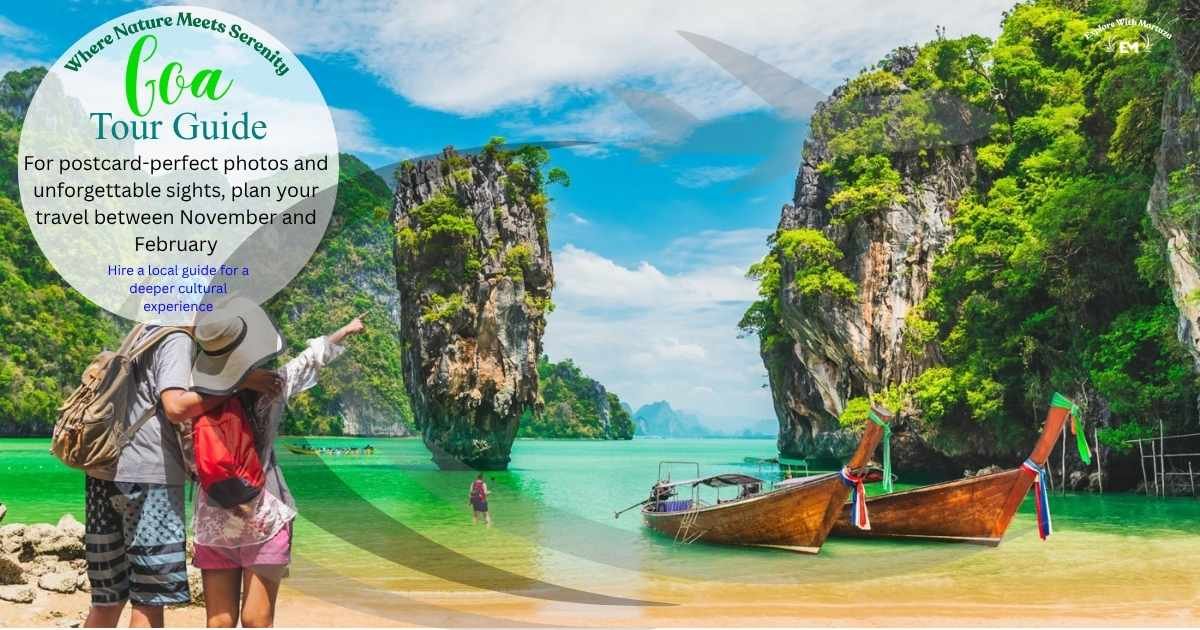
Welcome to your definitive Goa Tour Guide! Picture a tiny emerald state on India’s west coast, a place where sun-drenched beaches stretch for miles, ancient cathedrals whisper tales of a colonial past, and the air...

India is blessed with beautiful landscapes, along with many rich cultural expressions and history. Among countless places, it has brought forth its famous tourist spot, which made it one of the Best Cities To Visit...

Assam is a land of paradise because of its mesmerizing beauty. There are several tourist places in Assam that attract lacs of people every year. Its natural beauty, rich heritage, and vibrant culture are the...

The hallowed riverside site, Clarke Quay, boasts an enviable position next to the Singapore River. As such, Clarke Quay is a hot destination in Singapore for nightlife, colourful architecture, a long line of food establishments,...

Chinatown, very vibrant and alive, historically, culturally, and gastronomically, is a district in Singapore. Some interesting places to visit include: The Temple of the Buddha’s Tooth Relic, a spellbinding Buddhist temple housing a very sacred...
Visit our more post
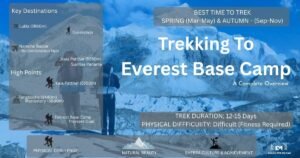
Picture yourself standing right at the bottom of the world’s tallest mountain, with giant peaks and glaciers all around you. This is the amazing adventure that only the truly determined set out to conquer. The Trek to Everest Base Camp (EBC) is more than just...
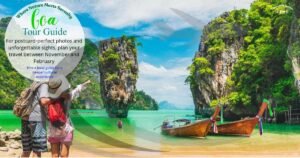
Welcome to your definitive Goa Tour Guide! Picture a tiny emerald state on India’s west coast, a place where sun-drenched beaches stretch for miles, ancient cathedrals whisper tales of a colonial past, and the air carries the sweet scent of spice gardens. Goa is a...
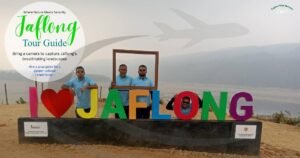
I still remember the first time I saw it, the magical moment when my eyes looked through the water of the river and counted the colorful stones resting at the bottom as if there were no water at all. Above, the majestic Khasi hills stood...

Beijing isn’t just a city; it’s a living chronicle of 3,000 years of history, where imperial palaces stand beside architectural marvels and ancient alleyways buzz with modern life. Are you ready to explore the heart of China? This is not just a list of places....
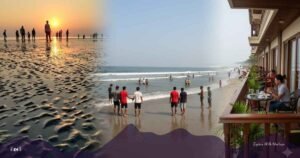
Have you ever stood in one spot on a sandy shore and watched the sun appear from the ocean, and then, at the end of the day, watched it sink back into the very same water? This magical experience is not a dream; it’s the...
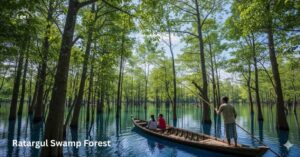
Nestled in the heart of Bangladesh, the Ratargul Swamp Forest offers an enchanting escape into nature’s untouched beauty, a place often overlooked by mainstream tourism. Imagine gliding on a small boat through a forest half-submerged in clear, cool water, with green trees forming a magical...
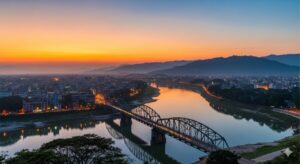
If you’re searching for the most wonderful Sylhet tourist spots, you’ve come to the right place. Let me share my story of this incredible city. Sylhet is a land where spiritual peace and wild nature come together beautifully. From the moment you arrive, you’ll find...

When I ride a bike on Marine Drive Cox’s Bazar, I feel like a beautiful story unfolding before my eyes, a place where green hills gently meet the endless blue of the Bay of Bengal. This is the Marine Drive Cox’s Bazar, an incredible 80-kilometer...
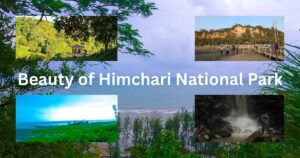
Just a short, scenic drive from the bustle of Cox’s Bazar lies a serene sanctuary where rolling green hills meet the vast blue sea: the magnificent Himchari National Park. This protected area is a true haven for nature lovers, drawing in people who seek adventure,...
Table of Contents
×